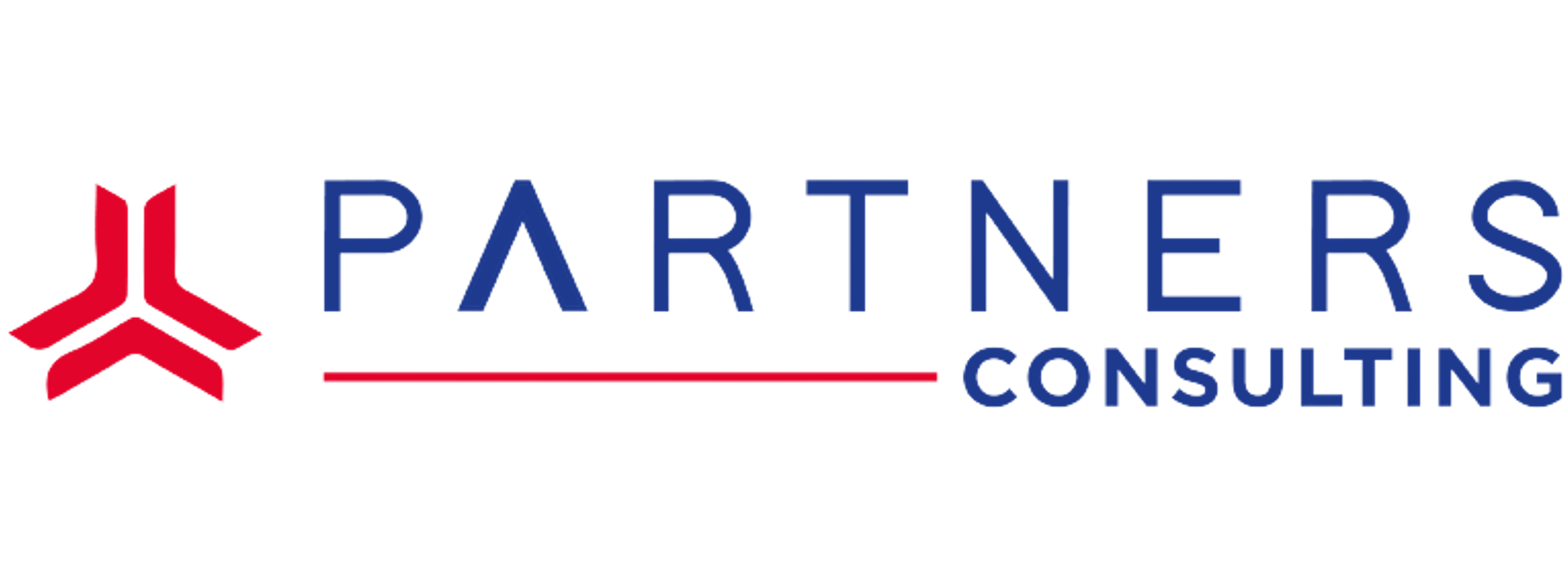Effective induction plays a vital role in talent retention. It sets the tone for the new employee's experience, helps them integrate into the organization, and increases their likelihood of staying with the company long-term. Here are several reasons why effective induction is a powerful tool in talent retention:
-
Positive First Impression: A well-designed induction program creates a positive first impression for new employees. It demonstrates that the organization values them and is committed to their success. When employees feel welcomed, supported, and engaged from the beginning, they are more likely to develop a strong connection to the organization and have a positive attitude towards their work.
-
Faster Integration: Induction programs facilitate the smooth integration of new employees into their roles and the organization. They provide essential information about the company's mission, values, culture, policies, and procedures. By equipping employees with the necessary knowledge and resources, they can start contributing to their roles more quickly, reducing the time it takes for them to become productive and feel like a valued member of the team.
-
Clarifying Expectations: Clear communication of expectations is crucial for employee satisfaction and retention. An effective induction program outlines the employee's roles, responsibilities, and performance expectations. It helps align their understanding of what is expected from them, minimizing confusion and potential frustrations. When employees have a clear understanding of their responsibilities, they can perform their jobs more effectively and feel motivated to contribute to the organization's success.
-
Building Relationships: Induction programs provide opportunities for new employees to connect with their colleagues, supervisors, and other key stakeholders. Building positive relationships within the organization fosters a sense of belonging and social support, which is essential for employee engagement and retention. When employees feel connected to their team members and have supportive relationships at work, they are more likely to stay with the organization.
-
Training and Development: Effective induction programs include training and development components that help new employees acquire the skills and knowledge necessary for their roles. Providing opportunities for learning and growth from the beginning demonstrates the organization's commitment to their professional development. Employees who receive proper training and development are more likely to feel invested in and valued by the organization, increasing their loyalty and retention.
-
Retaining Organizational Knowledge: A well-designed induction program ensures that essential knowledge and expertise are passed on to new employees. This helps preserve organizational knowledge and prevents the loss of critical information when experienced employees leave the organization. By capturing and transferring knowledge effectively, the induction program contributes to the long-term stability and success of the organization.
-
Employee Engagement and Satisfaction: Effective induction programs contribute to higher levels of employee engagement and satisfaction. When employees have a positive onboarding experience, they feel valued, engaged, and committed to the organization's goals. Engaged employees are more likely to be productive, innovative, and willing to invest their time and energy into the organization, reducing turnover rates and increasing talent retention.
In conclusion, effective induction programs are a powerful tool for talent retention. They create positive first impressions, facilitate integration, clarify expectations, build relationships, provide training and development opportunities, retain organizational knowledge, and enhance employee engagement and satisfaction. By investing in a well-structured induction program, organizations can increase employee retention, reduce turnover costs, and foster a positive and productive work environment.

